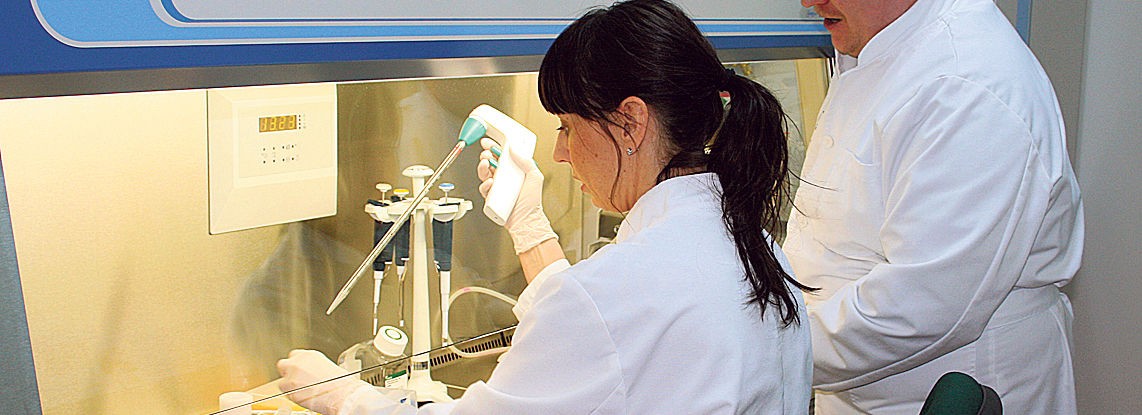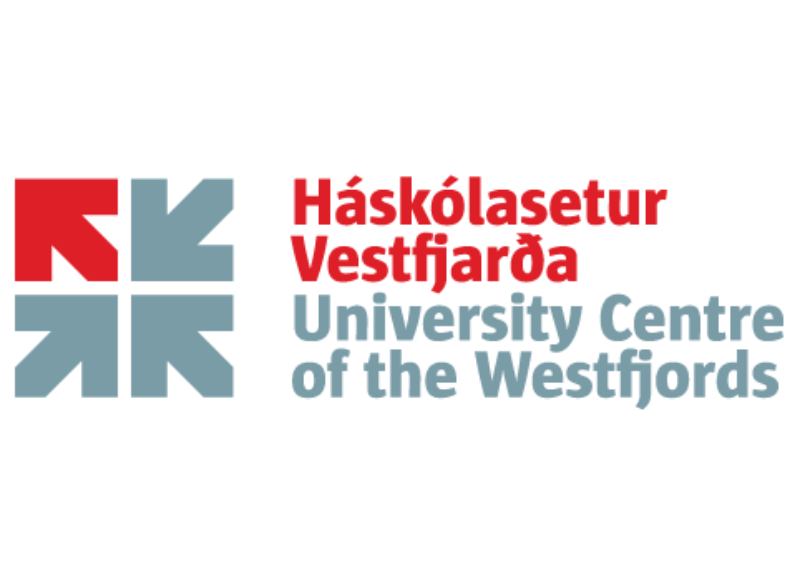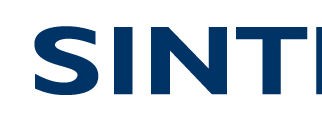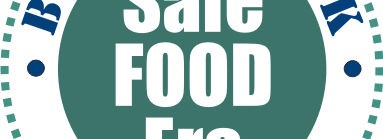Air-dried lamb. Final report / Air dried lamb meat. Final report
The aim of the project was to develop products from air-dried lamb in collaboration with farmers. The project was also about increasing farmers' skills in processing and processing lamb into air-dried products, ie. make them suitable for the manufacture of such products. A co-operation group of 5 farmers was formed who were interested and have facilities for home processing of such products. The aim was to develop one product with each farmer, and the product must meet all the requirements for safety, quality, finish and presentation that are relevant for products in the consumer market. In the main, it went well. Farmers were able to adopt the production methods necessary for dry processing and they developed new production processes and products, each different from what is on the market today. The results therefore strengthen the farm in question for the development of new products from its own raw materials and thus their working basis.
The aim of the project was to develop products from air dried lamb in cooperation with farmers. The project centered as well on extending farmers' knowledge on processing and curing methods for these products. Group of five farmers was selected to participate in the project. All farmers had an interest and facilities for this kind of processing. The products should fulfill all requirements regarding safety, quality and presentation of consumer products. This succeeded in most cases. The farmers adopted practices needed in producing dry aired products, new processing methods and products were developed. The results will thus strengthen each producer in development of new products from their own raw material, thus boosting their own operation.










